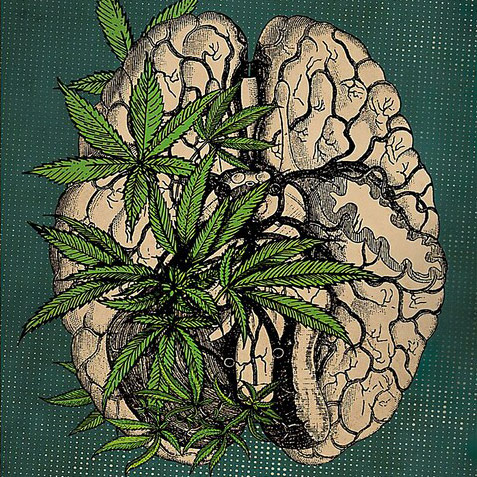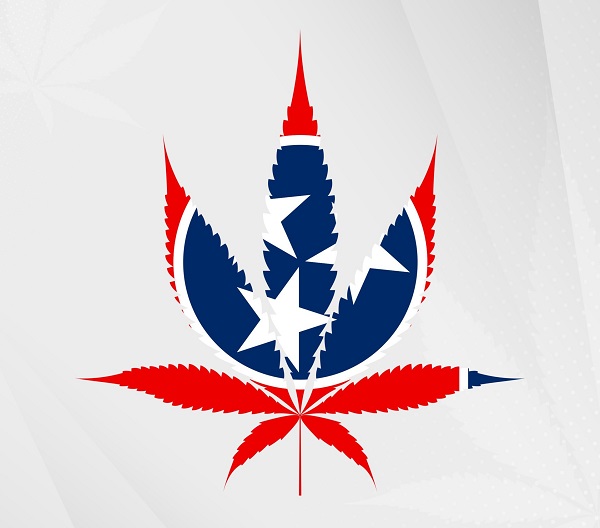Like many drugs, how long does 0.3 thc or marijuana stays in the system depends on several factors. Frequency of use, the level of tetrahydrocannabinol (THC) in marijuana, metabolism, and hydration can affect the results of a drug test.
Typically, THC, the psychoactive component of marijuana, is found in hair for up to 90 days, in urine for 1 day to a month or longer (depending on how often the person uses it), up to 24 hours in saliva, and up to 12 hours in blood.
How Does Your Body Process THC?
Various tissues and organs of the body are absorbed with THC (eg, brain, heart, and fat) or metabolized in the liver to 11-hydroxy-THC and carboxy-THC (metabolites). About 65% of cannabis is excreted in the feces and 20% is excreted in the urine. The rest is stored in the body. Over time, THC left in body tissues is released back into the bloodstream, where it is eventually metabolized by the liver.
How Long is Marijuana in Your System?
THC, a compound with high lipid solubility, has a very long half-life, the time it takes for the concentration of THC in the body to halve. How long residual levels of THC remain in the body depends on the individual’s marijuana use. For example, one study found that for people who used marijuana infrequently the half-life was 1-3 days. More frequent use has shown a half-life of 5 to 13 days.
| Specimen | Detected in System |
|---|---|
| Blood | Up to 12 hours |
| Hair | Up to 90 days |
| Saliva | Up to 24 hours |
| Urine | Up to 30 days, depending on the frequency of use |
Saliva Test

The mouth swab provides a quick, non-invasive drug test. The sponge or absorbent pad at the end of the stick soaks the inside of the cheek or tongue. Studies show that there is significant absorption of THC in the mouth, which increases the concentration for several hours after consumption.
Urine test
THC maintains maximum concentration in urine for the longest time. Therefore, urine samples are generally the preferred drug testing method for detecting marijuana use.
Hair Follicle Drug Tests
In a hair test, hair follicles are removed from the body and tested in a laboratory. Peer-reviewed studies, such as the 2017 Drug and Alcohol Review study, show that hair tests are a good indicator of heavy (daily) marijuana use over the past three months. However, while hair tests have the largest detection gap of any drug test, they cannot reliably show how much a person is using drugs.
Blood test
Marijuana remains in the bloodstream for a short amount of time, so blood tests to detect marijuana are not usually used. This is because while THC enters the bloodstream quickly (within minutes of inhalation), THC concentrations in the bloodstream decrease rapidly about 3-4 hours after ingestion.
False Positive Tests
Many workplaces require regular drug testing, which often involves screening body fluids or hair samples with an immunological test called an EMIT or RIA. If the result of this test is positive, the sample is tested using a gas chromatograph-mass spectrometer (GCMS). This can detect marijuana very accurately, making false positives very rare. Prescription anti-inflammatory drugs such as ibuprofen and Advil have produced false positive results in the past. However, the current drug test will not have this problem.
What Factors Affect Detection Time?
Many factors can affect how long marijuana stays in your body. Here are some of them:

- Frequency of marijuana use. How often you use marijuana, how much and for how long you use it affect how long marijuana stays in your body. Someone who smokes marijuana regularly will test positive for a longer period than casual smokers.
- Sex. Women tend to have higher levels of body fat than men, so they metabolize THC a little more slowly.
- Metabolism. People with faster metabolisms clear cannabis out of the body faster. People with slow metabolisms take longer to clear THC.
- Body Mass Index (BMI) – Generally, the more fat cells you have, the longer marijuana will stay in your body. This is because cannabis metabolites are often deposited in fatty tissues. BMI can usually measure a person’s body fat, although it’s not always completely accurate.
- Exercises. Those who lead a healthier lifestyle and exercise regularly will find that THC leaves their body more quickly. However, doing a lot of exercise before a drug screening is not a good idea, as it can increase THC levels and cause positive tests. This is because exercise can break down fat molecules, releasing any THC stored in fat back into your system.
- Way of Consumption. The way marijuana is used also affects the time it can be detected. If you smoke marijuana, THC levels in your body drop faster. In contrast, when marijuana is taken orally with meals, it takes longer to break down in the body and exit the body.
Detoxing from Weed
Contrary to popular belief, marijuana can be addictive. Medical professionals diagnose marijuana addiction based on the presence of certain signs, symptoms, and changes in behavior. In those who meet the diagnostic criteria, marijuana addiction is referred to as marijuana use disorder or cannabis use disorder.
People with the disorder are unable to stop using marijuana despite the negative effects it has on their relationships, work, school, physical and mental health.
Recent studies indicate that approximately 30% of marijuana users may have some degree of marijuana use disorder. People who start using drugs before the age of 18 are 4 to 7 times more likely to develop addiction as adults.
Marijuana Withdrawal
Random drug testing happens often enough, which means you don’t have time to quickly eliminate cannabis from your system. In addition, chronic users almost always fail drug tests. If you find yourself worried about a drug test or want to know how long marijuana stays in your body, the only solution is to stop using cannabis completely.
If you use marijuana occasionally, this may not be difficult. However, if you rely on the drug or smoke it frequently, stopping it may be more difficult and lead to withdrawal symptoms.
Conclusion
Unfortunately, the problems of insufficient information of the population about cannabis use lead to such questions. Ignorance of the consequences and fear of failing a drug test is the root cause of question situations. As it turned out before, if you want to be completely clean during checks, the conclusion is quite simple – use wisely, knowing in advance that you do not have important meetings or plans ahead.
Our body is a very complex mechanism, which, to a great extent, can store many imprints of our adventures. It depends only on us what exactly will be recorded in its database, and how it can go sideways for us.
FAQ
Yes, a single use of marijuana can result in a positive drug test result. Studies show that a single exposure to marijuana in non-users can show up on a drug test up to 3 days after use.
Despite the marketing tactics of various products, there is no quick way to rid the body of marijuana. Quitting smoking is the only way to ensure that marijuana leaves your body.
Some employers require drug testing. Workplace drug testing may be done before employment, as part of annual medical checkups, when there is cause and reasonable suspicion, after an accident, or when the person returns from treatment. Routine and random drug testing typically detects five categories of drugs, including
Amphetamines
Cocaine
Marijuana
Opiates
Phencyclidine (PCP)













Comments
whoiscall
Cheers